5 reasons transactional emails are unsung heroes of the customer experience
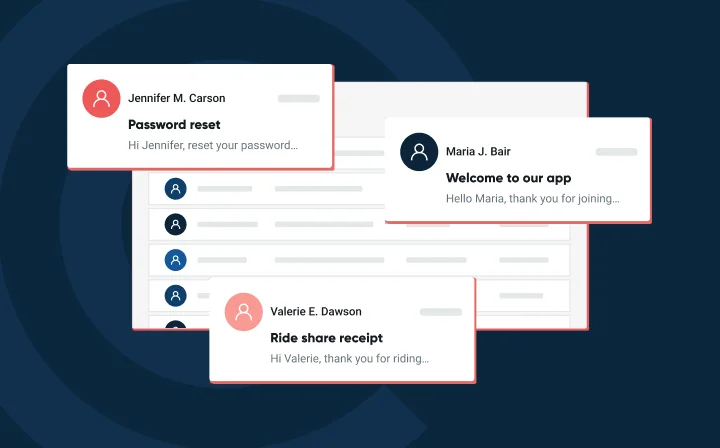

Some heroes have songs written about them. Folk heroes of the railroad like Casey Jones and John Henry get ballads. Princess Diana and Marilyn Monroe share an Elton John song. The world, however, is also full of those who fail to get the credit they deserve. We’re here today to tell the true story of some unsung heroes.
At Sinch Mailgun, it’s transactional emails that put the wind beneath our wings. But we aren’t the only fans of this type of communication. Below, review our survey’s findings to see how transactional emails enhance the customer experience.
Our new report, Email and the customer experience, includes a survey of more than 2,000 consumers from five countries. 74% of those consumers told us they prefer email for transactional messages.
The late writer David Foster Wallace gave a famous commencement address known as “This is Water.” In it, he tells a parable about two young fish swimming through the ocean. They pass an older fish who greets them.
“Morning, boys. How’s the water?” he asks. The two young fish just swim along for a little while until one finally turns to the other and says, “What the hell is water?”
Now, that metaphor might be too deep to use for something like email, and Wallace would probably hate us for making this comparison. But the point is, sometimes we don’t notice or appreciate the things that surround us every day. Transactional emails may seem like a given; that’s why it’s important to dive into their benefits and how they are perceived by customers.
Even though consumers know the inbox is an ideal place to receive transactional messages, they don’t exactly have a huge appreciation for those kinds of emails.
When our survey asked people what they value most about email content from brands, only 23.3% selected Transactional information. Consumers were more likely to say they get value from exclusive deals, contests, and personalized recommendations. As they say, consumers gonna consume.
62.8% of our survey takers told us they value deals more than transactional information. We think this is a case of you don’t know what you’ve got ‘til it’s gone. Ask yourself this – what would put a greater strain on your customer support resources, removing deals? Or removing transactional messaging like shipping confirmations and package tracking?
When it comes to a rock-solid customer experience, you can’t make it happen without transactional emails. In fact, they just might be the most valuable thing hitting consumers’ inboxes. We need them almost like we need water.
There are key differences between promotional and transactional emails. Transactional emails are sent individually at specific times for defined purposes. While focused on action, they can also help reinforce your brand identity through consistent design and subtle promotional elements.
Under privacy laws like GDPR, you also don’t need explicit consent to send transactional emails as long as the recipient shows “legitimate interest” in getting the message. People expect to receive these emails because they did something to trigger it, such as requesting a password reset, making a reservation, or placing an order.
That brings us to the first reason why transactional emails are an irreplaceable part of the customer experience:
Back in the late ‘90s, Seth Godin got himself kicked out of the Direct Marketing Association for suggesting there was a new way for brands to communicate with consumers. He wrote about it in the book Permission Marketing, which states that the best approach is to let people opt-in and then send messages that are anticipated, personal, and relevant.
Transactional emails check all three of those boxes:
Transactional emails, triggered by specific user actions, achieve higher open and engagement rates than most marketing emails because recipients actively anticipate them. Additionally, these messages are rarely marked as spam, contributing to their superior deliverability and customer trust.
Transactional emails don’t have to be cold and unfeeling either. They are another opportunity to show people your brand is human. Here’s an example of a B2C email that lightens the customer experience around password recovery by making it feel friendly and more personal.
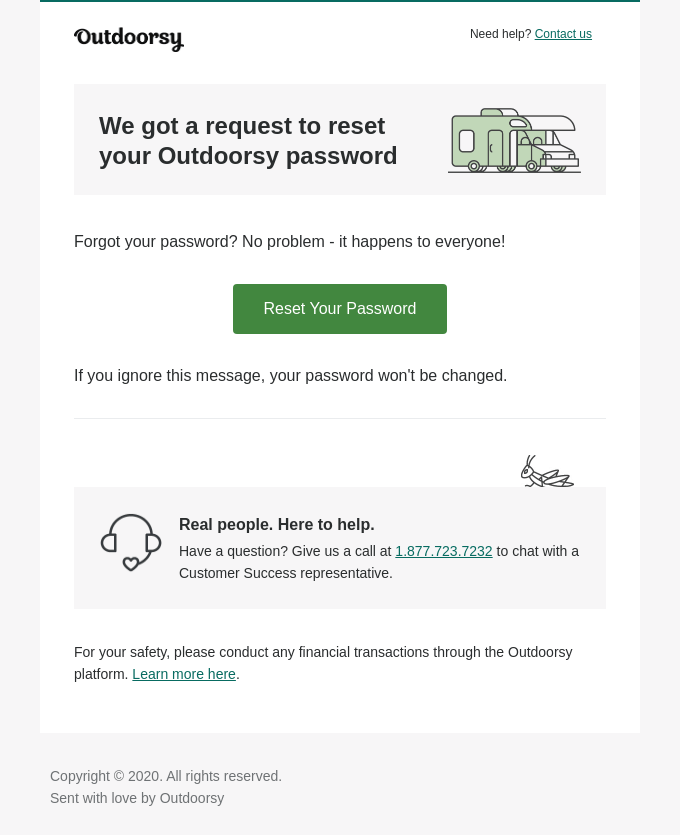
By the way, after Seth Godin laid the groundwork for ethical email marketing, folks at the Direct Marketing Association changed their minds about kicking him out. They put him in their hall of fame in 2013.
Here’s what he told Nordic Business Report:
I’m not responsible for all the email you get in your inbox, but the email you want to get; I’ll take a little bit of credit for that.
Transactional emails provide timely updates on orders, shipments, and account activity, building trust and confidence in your brand while keeping your business running smoothly and efficiently.
Transactional emails provide valuable benefits by delivering timely, relevant information with high open rates; building customer trust; and offering opportunities for brand engagement and cross-selling. Let’s take a closer look at some of the most common transactional email types that enhance the experience for both businesses and consumers:
Keep in mind, transactional emails don’t have to be boring just because they are fulfilling a specific function. While many of them are nothing but plain text, you can enhance the customer experience with branded transactional messages. Here’s an example from a health and wellness company:
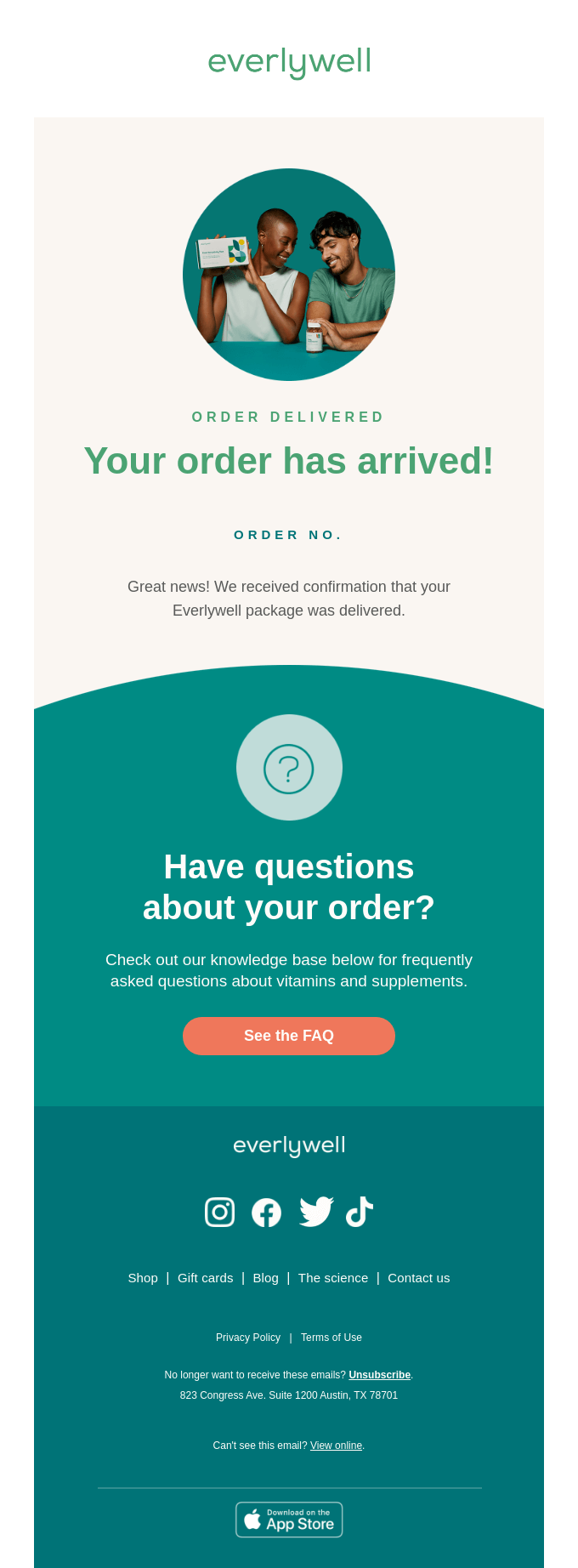
Transactional emails don’t scream for your attention, but they serve important purposes that get taken for granted. Since most transactional messages are triggered and automated, it’s easy to forget that they’re working hard for your organization in the background.
A big benefit of email is the way it helps consumers stay organized. Unlike other messaging channels, you can use tabs and folders in your email inbox to sort and file brand communications. The holidays are a time when keeping track of transactions is extra important.
During the busy holiday shopping season, ecommerce goes into high gear and transactional emails are flying into inboxes everywhere. With all those gift purchases, travel plans, events to attend, returns and exchanges, transactional emails are an absolute necessity.
When we asked people to rate the importance of transactional messages over the holiday shopping season, more than 80% called those messages either somewhat or very important.
There is important information, and then there is IMPORTANT information. Sometimes a transactional email can alert your customers to danger. These messages are common in the financial services sector, where money is on the line.
Fraud alerts from a financial institution, for example, let consumers know when a transaction has taken place that they potentially did not make. These emails can stop a sticky situation from getting worse.
Software as a Service (SaaS) brands also use this kind of email notification for security purposes. When something unexpected happens with a user’s account, a message is sent to notify them of potentially suspicious activity.
Here’s an example of an account access notification email from Coinbase, a cryptocurrency company that takes security seriously:
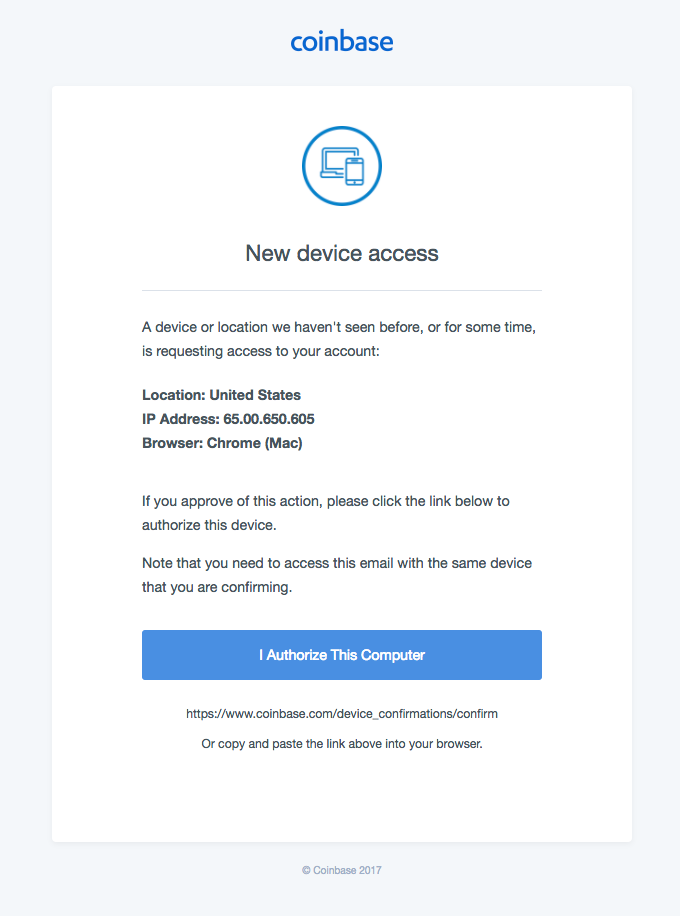
It’s easy to understand why this type of transactional message could save the day – just like a real-life hero.
Here’s another sure sign that transactional emails matter: People will sift through their junk emails when transactional messages go missing.
Our exclusive report, Email and the customer experience, found that 71% of consumers would look for a missing transactional email in their spam folder, and another 16% would do so if the missing message was important.
Whatever you do, do not assume this survey result means there’s no need to worry about transactional email deliverability. Quite the opposite. Our study also found many consumers react negatively when emails regularly land in spam. They get annoyed, lose trust, and unsubscribe.
Because transactional messages are so vital to brand communications and a seamless customer experience, you need to do everything you can to make sure these emails reach the inbox.
In 2025, deliverability is getting interesting to say the least. That’s because Gmail and Yahoo announced new sender guidelines last year, with Microsoft quickly following. The new requirements include a one-click unsubscribe in the email header, a specific threshold for user-reported spam complaints, and stronger email authentication.
We already know that it’s unlikely recipients would mark a legitimate transactional email as spam. Representatives from Google, Yahoo, and Microsoft have said transactional emails don’t need one-click unsubscribe. But you should send clear signals about what is transactional and what is commercial email.
Perhaps the most effective way to do that is separating transactional and promotional emails so they are sent from different subdomains or IP addresses. When commercial email traffic comes from one domain while transactional messages come from another, there’s no question about what’s what.
Separate subdomains also mean separate domain reputations, which protects transactional emails from being filtered into spam. But you also don’t want your transactional emails to contain a bunch of promotional messaging. That just might prompt customers to mark those emails as spam too.
The new requirement from Gmail, Yahoo and Microsoft that will impact transactional email involves implementation of authentication protocols. Mailbox providers use these protocols to verify the identity of the sender and stop bad actors from reaching the inbox. This helps prevent spam as well as phishing attacks like email spoofing.
Starting last year, every sender is required to have authentication in place if they expect to reach the inboxes of Gmail, Yahoo, and Microsoft users. If you are a bulk sender, you need to be using all three methods which are:
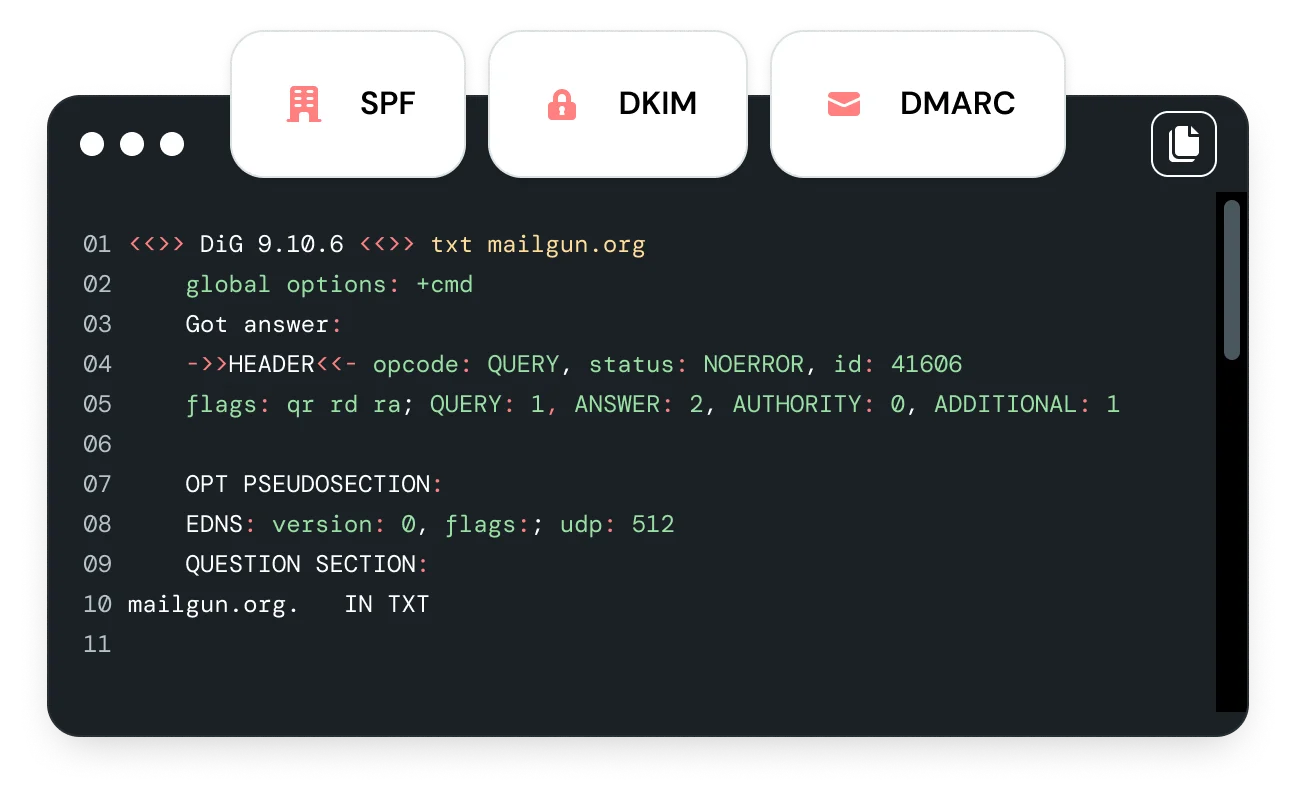
If you’re a Mailgun Send user, you’ll already be using both SPF and DKIM (we require it). DMARC, however, is the most effective method for stopping spoofing, and it’s really what Gmail, Yahoo, and Microsoft want more senders to begin adopting.
DMARC is an email specification that checks for SPF and DKIM alignment, providing receiving mail servers with information on how to handle authentication failures. For now, a policy of p=none is acceptable, but a requirement for stricter enforcement is likely in the future.
Authenticating transactional emails is extremely important. Phishing scams often try to mimic those types of messages to get consumers to visit fake landing pages. That’s where your customers may be prompted to enter sensitive personal information that could lead to identity theft.
If you have questions about meeting the new bulk sender guidelines from Gmail, Yahoo, and Microsoft, Sinch Mailgun has answers. Check out our comprehensive resource page. There you’ll find:
Ready to get serious about email deliverability? We built Mailgun Optimize as a complete deliverability suite to help you improve inbox placement. That includes an integration with Google Postmaster Tools so you can monitor your reputation with Gmail. Plus, use Inbox Placement Testing to be sure your email authentication protocols are working as expected (and find out where your B2C emails are likely to land).
An ideal customer experience is built on strong communication and meaningful interactions. Some of the most important things you’ll ever need to communicate with your customers are in transactional emails. But there are many other ways to deliver a stellar experience to the inbox.
Explore additional survey results and get actionable advice for your email program when you download the full report, Email and the customer experience. You’ll find out more about how consumers use email in their everyday lives as well as what prompts them to opt-in, open emails, and engage with what you send.